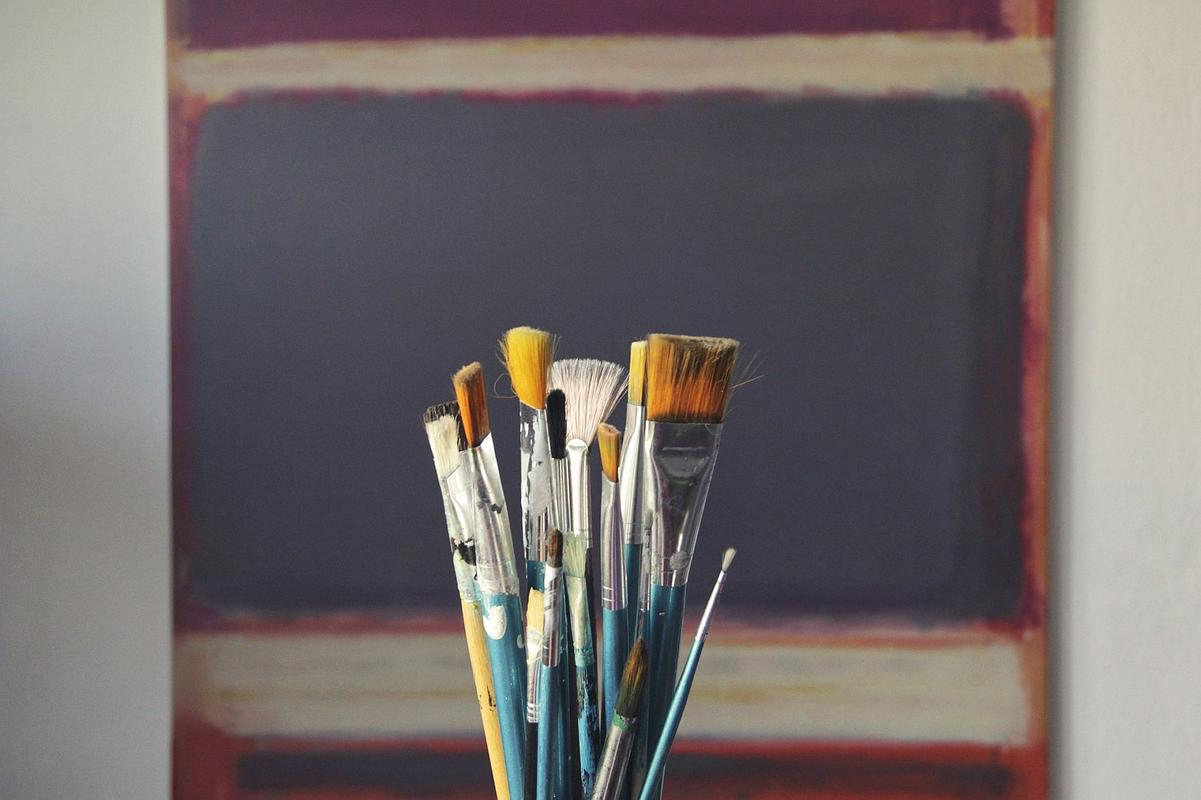
Remec was born in 1910 into a relatively well-to-do family in the Slovenian capital; her father was a headmaster at a local school. Drawing was her favorite activity in school, and as young woman, Remec was determined to become an artist. Despite the pioneering career of Slovenian artist Ivana Kobilca, this was an unusual career choice for a woman at the time. But Remec was determined, and in the early 1930s, she obtained a degree from the Academy of Fine Arts in Zagreb, Croatia. Shortly after graduation, she taught art in the Croatian capital, but then returned to Slovenia, where she continued her artistic career. Several of her paintings were exhibited in the Jakopič Pavilion and she became well-known as an illustrator of books.
World War II would change her life forever. Remec, who hailed from a family of anti-Communists, was forced to leave Slovenia after the war. She spent some time in refugee camps, where she recorded the emotional suffering of her fellow refugees in sketches. Finally, she was allowed to immigrate to Argentina.
Remec settled in Buenos Aires, a city with a large Slovenian community. At first, she made a living by making and selling small keepsakes. But she soon resumed her career as a painter, while also illustrating books published by Slovenian-language publishers – many of them written by other political exiles.
However, Remec never felt at home in the bustling Argentinian capital. Instead, she spent much of her time in rural areas and among Argentina’s Indian community. She admired the Indians’ culture and their spiritual, non-materialistic lifestyle, and sympathized with their difficult living conditions. She frequently portrayed the natives and their homes in her works, and was influenced by the colors and traditions of Indian art. The local Indians respected her in return and nicknamed her “la pintora del ojos azules” -- the blue-eyed painter.
Remec spent much of her time in the mountainous region of Bariloche, and she died there in 1991, just a few months short of Slovenia’s independence. Long ignored and even shunned in her homeland, Remec finally allowed her work to be exhibited in Slovenia just before she died. Thousands of art-lovers finally got a chance to see the creations of a talented but overlooked Slovenian painter.

































































